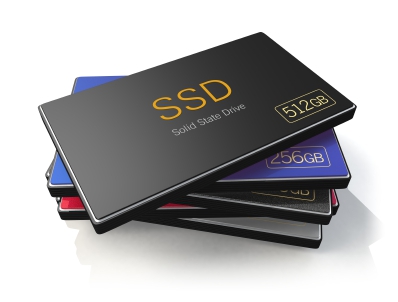Reliability of SSD.
It seems like the absence of moving parts implies that the device should be very reliable. In reality it is not so. Any electronic device can break up and SSD is not an exception here. Low MLC chips' resource could be taken care of by ECC, wear out control and data blocks mixing. But the biggest problem is in controller and its firmware. The probability of controller getting damaged as a result of failure is very high because it is physically mounted between interface and memory chips. At the same time in the majority of cases data is preserved. In addition to physical damages when user data is inaccessible, there are logical damages when memory chips access is also disturbed. Even the slightest error or firmware bugs could lead to complete data loss. Data structures are very complicated. Information being spread over several chips and alteration make data recovery quite a difficult procedure to accomplish. In such cases controller reflashing along with low-level format when new data service structures are created, helps recovering the storage device. Manufacturers always try to update the micro program, correct errors and optimize the controller. That is why it is highly recommended to periodically update device’s firmware to eliminate possible failures.
Data in SSD as in HDD is not deleted immediately after the files have been deleted from the operating system. Even if you rewrite the file with zeros, the data physically still remains and you take out flash memory chips and read them out on a programmer you will be able to find 4 KB file fragments. You should expect complete data deletion when you record new data to the device that equals to the free space amount + redundancy volume (around 4 GB for 60 GB SSD). If the file falls on bad cells, the controller won’t overwrite it with new data for some time.
Main principles, peculiarities and differences in data recovery from SSD and USB flash drive.
Data recovery from SSD is quite a laborious and long process as compared with portable flash drives. The process of searching for right sequence, unification of results and selection of the necessary mounter (algorithm/program that emulates the work of SSD controller) to create the disk’s image is not an easy task. Primarily it is connected with the increased number of microcircuits in SSD that multiplies the number of possible action options on each stage of data recovery process, each of which requires testing, examination and special knowledge. Also because the requirements to SSD is much higher (to reliability, security, processing speed, etc.), than to mobile flash drives, the technologies and work methods with data applied in them are very complex and require individual approach to each solution and presence of specialized tools and knowledge.



 Data recovery from any SSD!
Data recovery from any SSD!
